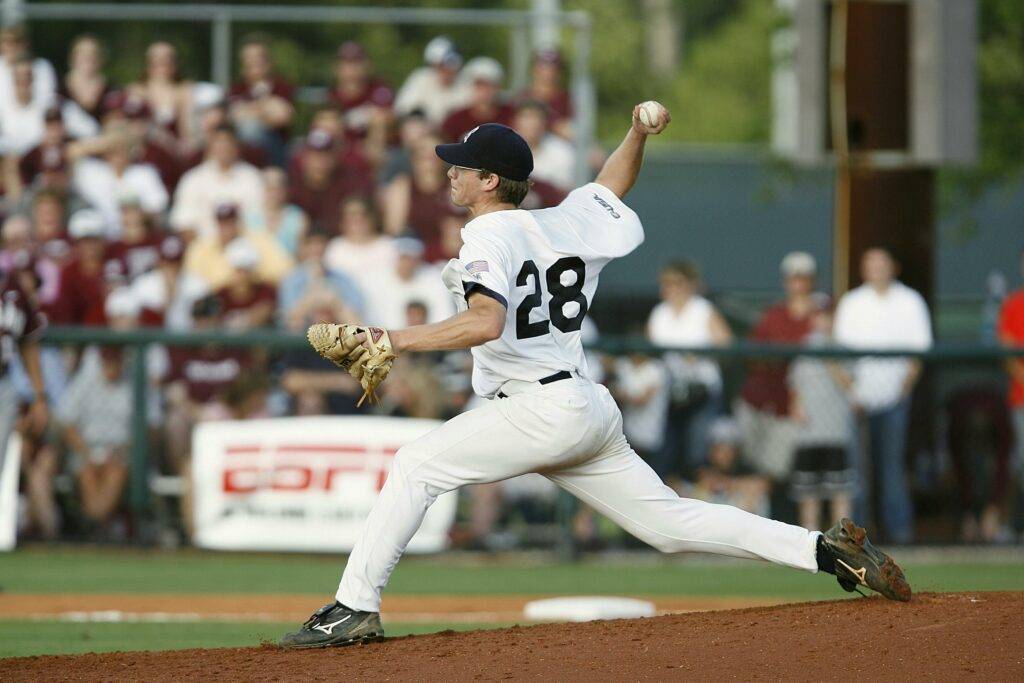Men's Track & Field Recruiting:
Rules & Important Dates
Navigating the NCAA recruiting rules for men’s track and field can be a bit overwhelming, but it’s crucial for athletes who aim to compete at the collegiate level. These rules guide when and how college coaches can initiate contact with potential recruits, providing structure to prevent early recruiting pressure while also setting a realistic recruiting timeline.
Recruiting Timelines by Division
For NCAA Division 1 and Division 2 coaches, contact with recruits typically begins after June 15 of their sophomore year. Before this date, coaches aren’t allowed to have direct conversations about recruiting, but they can still attend events and watch performances. Meanwhile, coaches at the Division 3, NAIA, and NJCAA levels have more flexibility and may contact recruits at any time if they show interest. Athlete Pipeline helps you navigate these timelines, keeping you informed and ensuring you make the most of key recruiting windows.
Important NCAA Recruiting Milestones
For high school juniors aiming for D1 or D2 programs, the recruiting journey intensifies after June 15 of sophomore year, when formal communication opens up. By August 1 before junior year, recruits can start scheduling both unofficial and official campus visits, where coaches may even discuss potential scholarships. Athlete Pipeline streamlines this process by helping you organize these visits and maintain clear communication with coaches as soon as these opportunities become available.
How Athlete Pipeline Keeps You Prepared
Athlete Pipeline offers essential resources for keeping track of recruiting periods, ensuring you’re always aware of open contact windows and key dates for visits. By staying organized through Athlete Pipeline, athletes and their families can plan their recruiting strategy, including attending key events, scheduling visits, and communicating proactively with college programs.
Utilizing the Recruiting Calendar
Each division follows specific recruiting calendars that include open contact periods, evaluation periods, and dead periods, during which coaches are restricted from direct in-person contact. Athlete Pipeline highlights these windows, making it easier to build your recruiting schedule and keep up momentum throughout the year.
Conclusion
By following the NCAA recruiting rules and using Athlete Pipeline to manage timelines and connections, you can set a solid foundation for your college track and field recruiting journey. Athlete Pipeline is here to make every step count, helping you stay informed, proactive, and organized as you pursue opportunities to compete at the next level.


